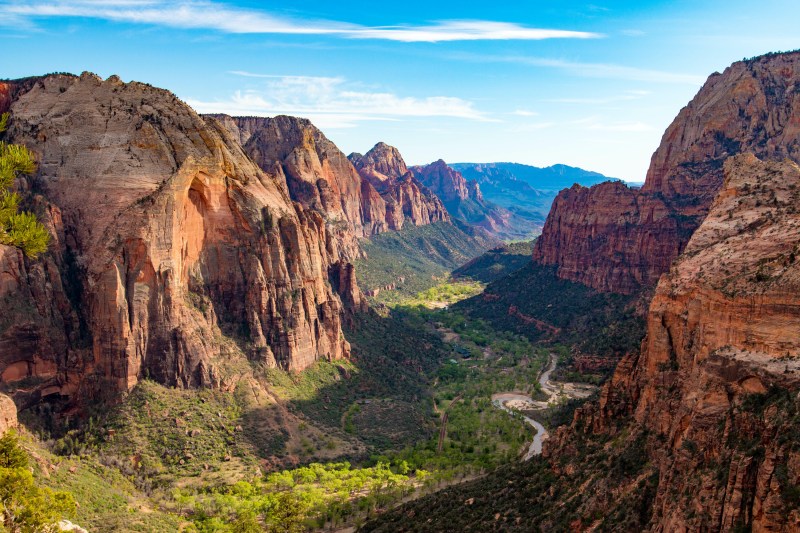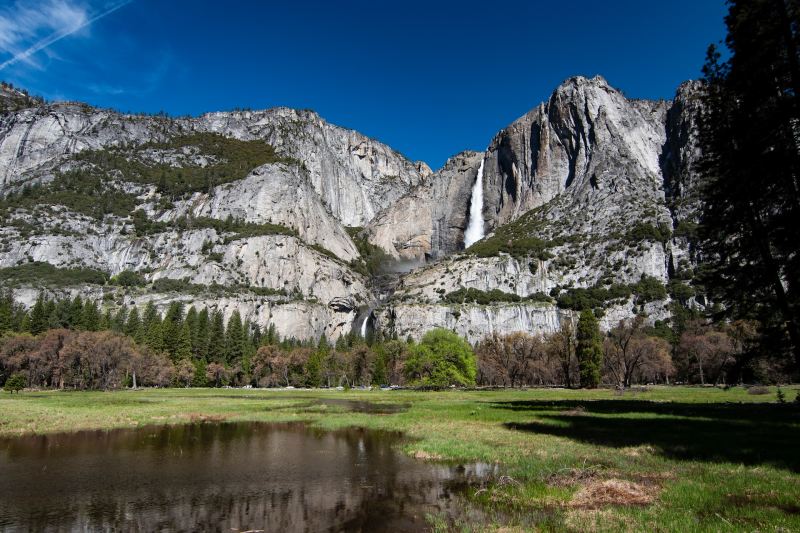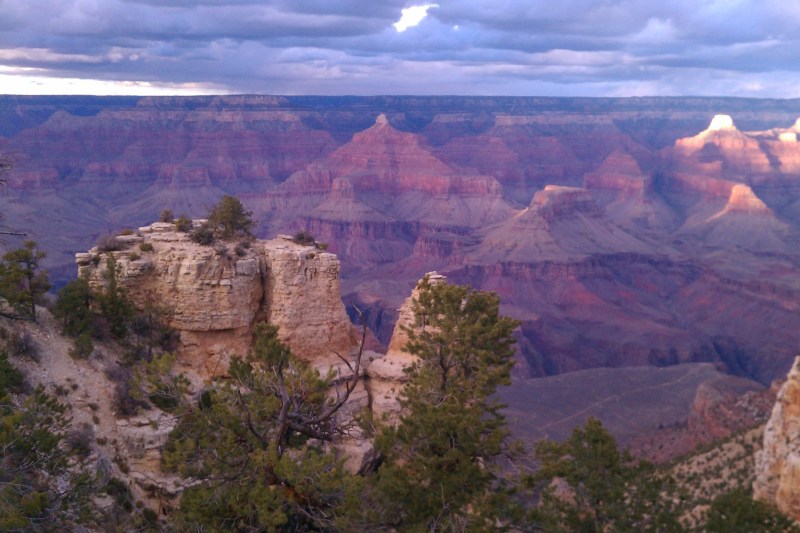
National Parks are a cherished part of American culture. However, with the growing threat of climate change, The National Park Service (NPS) has taken on preserving these natural wonders has taken on a new level of urgency with its groundbreaking Green Parks Plan (GPP). Now in its third edition, the plan aims to transform the national parks into one of the greenest organizations out there. This ambitious initiative outlines five key goals that collectively contribute to mitigating climate change and safeguarding the environment.

Be ready for these 5 Green Park Plan goals
Climate Friendly and Climate Ready
Addressing the global climate crisis requires collaborative efforts, and the NPS is leading by example. By embracing the Green Parks Plan, the NPS commits to becoming climate-friendly and climate-ready. This entails achieving net-zero greenhouse gas (GHG) emissions and renovating facilities so they are ready to withstand the attacks of mother nature.
This includes goals of achieving a 65% reduction in Scope 1 and 2 GHG emissions by 2030 and a 50% reduction in emissions across the NPS’s building portfolio by 2032, with a net-zero emissions target by 2045. This is complemented by initiatives to enhance carbon storage through rehabilitation and natural restoration projects.
Energy Smart and Water Wise
One of the primary sources of NPS’s GHG emissions is electricity generation and fuel combustion for operations. The Green Parks Plan focuses on conserving energy, implementing renewable energy projects, and benchmarking facility-energy use. Furthermore, as changing climates may affect water availability, the NPS strives to minimize water use and adopt sustainable water supply practices. The plan’s goals include reducing overall facility energy and water use intensity while maintaining historic property standards alongside sustainability and energy conservation measures.
Buy Green and Reduce, Reuse, Recycle
The National Park Service (NPS) is dedicated to adopting sustainable material management practices across its operations. This involves using local and eco-friendly construction materials, minimizing waste generation, and responsibly diverting solid waste. NPS aims to comply with federal sustainable acquisition rules, incorporate sustainable requirements into applicable contracts, divert 50% of waste by 2025 and 75% by 2030, reduce waste per visitor, and phase out single-use plastics. This commitment reflects NPS’s mission to protect the environment and human health through sustainable procurement and waste reduction initiatives.
Green Our Rides
Guest transportation is one of the biggest contributors to GHG emissions. Transitioning to zero-emission transportation methods is pivotal for achieving emission-free parks. The NPS recognizes the significance of adopting zero-emission vehicles (ZEVs) and is actively transitioning its fleet to reflect this commitment. From highway vehicles to non-highway equipment, the NPS is embracing ZEVs and utilizing partnerships to establish electric vehicle supply networks. This transition is a critical step in realizing the net-zero emissions vision.
Foster a Sustainability Ethic
With an expansive network of national parks, a dedicated workforce, and millions of visitors, the NPS holds a unique opportunity to promote sustainability. The Green Parks Plan emphasizes fostering a sustainability ethic by engaging employees, visitors, and communities. That also means teaming up with sustainable brands! By raising awareness about sustainability and climate change, the NPS not only impacts its immediate surroundings but also cultivates a generation of environmentally conscious stewards.
What does this mean for visitors?
Once the National Park Service (NPS) successfully implements the actions outlined in the Green Parks Plan, visitors to national parks can expect a range of positive changes and experiences. These changes will not only enhance the overall visitor experience but also contribute to a more sustainable and environmentally friendly park system. Here’s what visitors can expect:
- Cleaner Air and Scenic Beauty: With a strong focus on achieving net-zero greenhouse gas emissions, visitors can expect improved air quality in national parks. Reduced emissions from vehicles, facilities, and other sources will lead to cleaner air and better visibility, allowing visitors to fully enjoy the breathtaking vistas, landscapes, and natural beauty that parks offer.
- Quieter and Greener Transportation: As the NPS transitions to zero-emission vehicles, visitors can look forward to quieter and cleaner transportation within the parks. Electric vehicles produce minimal noise pollution and zero tailpipe emissions, leading to a more serene and eco-friendly park experience.
- Enhanced Facilities: The NPS’s commitment to being energy-smart and water-wise will result in upgraded and more efficient facilities. Visitors can expect modern amenities that consume less energy and water, leading to improved comfort without compromising on sustainability. Visitors also can expect more eco-friendly choices when it comes to amenities such as food, beverages, and merchandise.
- Engaging Educational Opportunities: With a heightened focus on fostering a sustainability ethic, visitors can expect enhanced educational programs and interpretive materials. Parks will provide information about sustainable practices, climate change, and environmental stewardship, encouraging visitors to learn and adopt eco-friendly behaviors both within the parks and in their daily lives.
- Inspiration for Future Generations: Through the NPS’s sustainability efforts, visitors, especially youth, will be inspired to become stewards of the environment. The parks will serve as living examples of how individual actions and collective efforts can make a positive impact on the planet, motivating visitors to be part of the solution to environmental challenges.
The National Park Service’s Green Parks Plan represents a monumental stride towards creating emission-free national parks and combating climate change. With its comprehensive goals, ranging from achieving net-zero emissions to promoting a sustainability ethic, the NPS is setting a shining example for organizations and individuals around the world. As we move forward, the NPS will continue to evaluate the Green Parks Plan for a greener future.
Editors' Recommendations
- Grand Canyon closures expected to last into 2025 – what to know before you go hiking or camping
- Plan a trip to see some incredible fall foliage: 7 stellar spots across the U.S.
- These are the most affordable times to visit the most popular U.S. national parks
- Where will the next U.S. national park be?
- Here’s everything you need to pack for a trip to Yellowstone National Park





